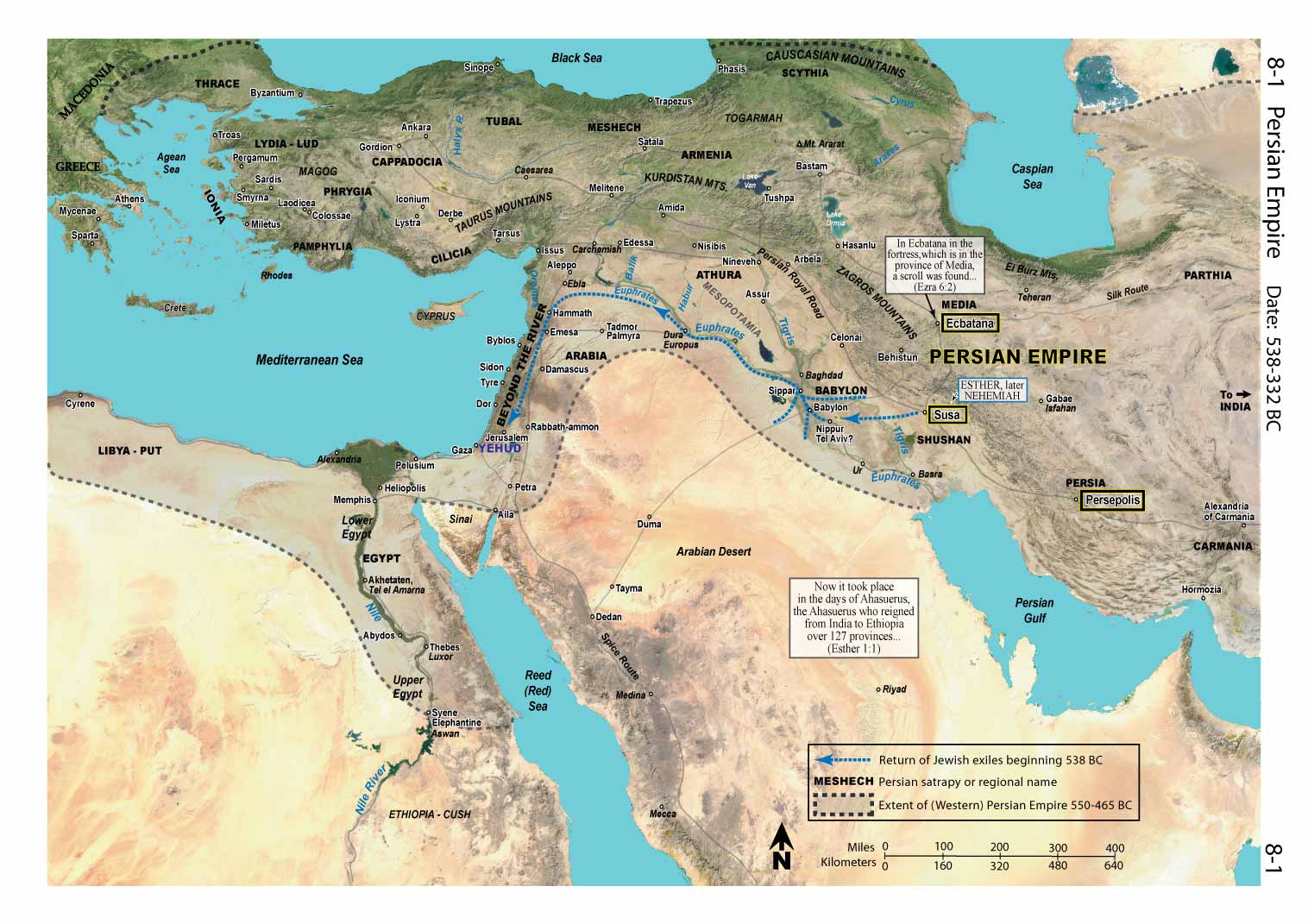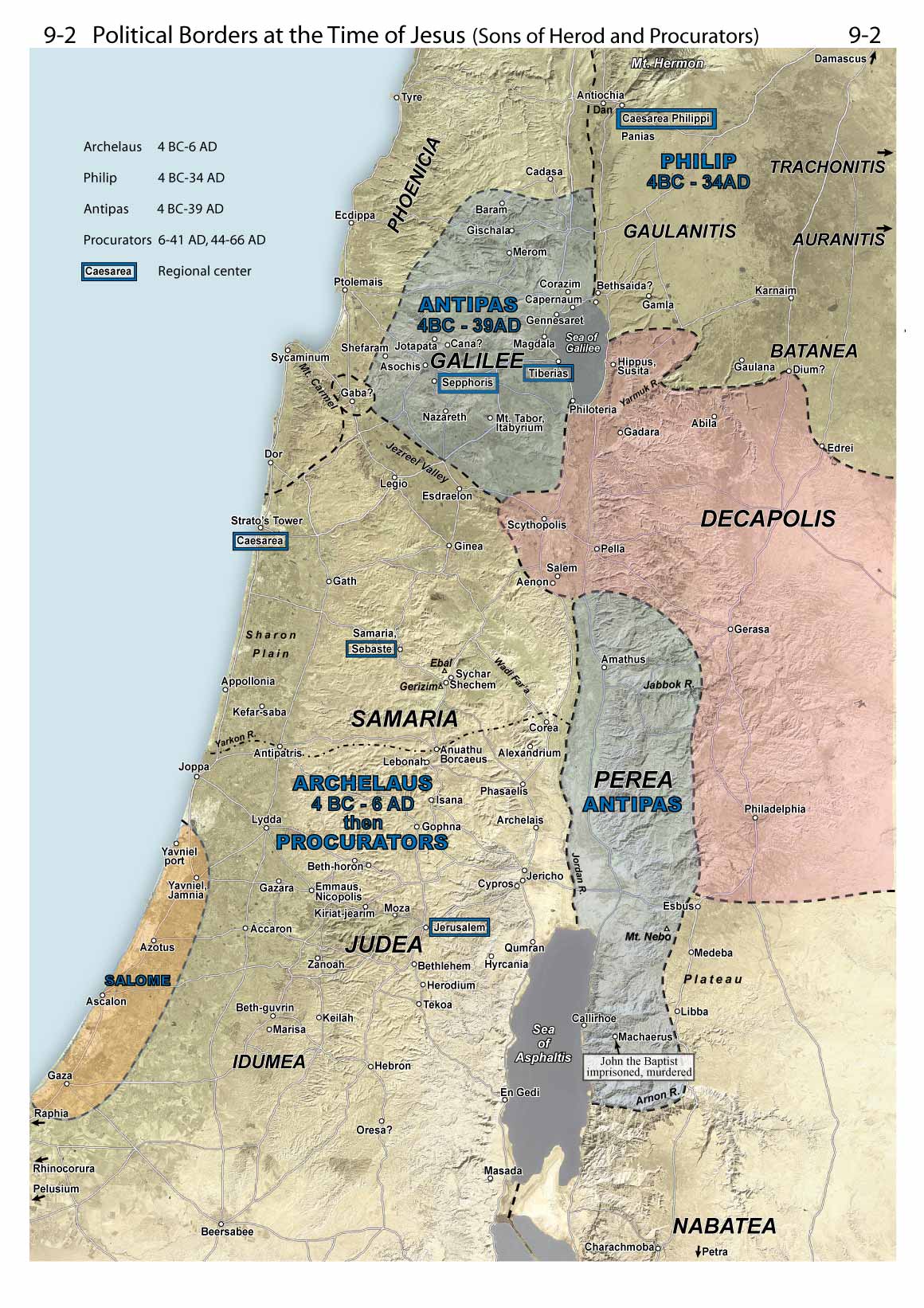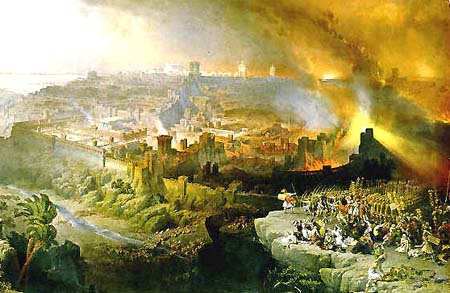Why the Intertestamental Period Matters
The book of Malachi was written approximately 400 B.C. The next biblical events that are addressed are those 400 years later, around the birth of Jesus. The time between is known as the intertestamental period. Some have called this intertestamental period “400 not-so-silent years.” Since many Christians often have no idea what happened in this time period, I will provide a brief snapshot of what happened during the intertestamental period and why it matters.
Nebuchadnezzar destroyed Jerusalem in 587 BC, and the Jews were scattered in exile throughout the kingdom of Babylon (and some in Egypt). In 539 BC, Cyrus the Great of Persia conquered Babylon. Under Cyrus the Jews were allowed to return to their homes and they rebuilt the city of Jerusalem and the Temple. World dominion stayed in Persian hands until Darius III (336-331 BC).

Beginning in 334 BC, 20 yr old Alexander the Great launched an offensive from Greece against the Persian empire, defeating Darius at Issus in 333 BC, and then moved to conquer Tyre in the Levant (north of Israel). Having conquered all the way through Egypt, Alexander marched east continuing to conquer until he died prematurely in 323 BC at the age of 32.

Upon his death, all of the kingdom which Alexander had conquered was divided up among the generals, two of which are important to the intertestamental period: Seleucid and Ptolemy. During the intertestamental period the Seleucid kingdom stretched from Syria to Asia Minor, and the Ptolemaic kingdom expanded over Egypt and Judah.
From 323 BC until 200 BC, Israel existed peacefully under Ptolemaic control. However, in 200 BC, a major change marked the intertestamental period. The Seleucid kingdom took over Israel in a decisive battle near Mt. Hermon, and with the change of rulers came a change of how the Jews were treated.
From that point on, the Jews were not given religious freedom and were oppressed. This oppression came to a head under Seleucid king Antiochus Epiphanes IV (175-164 BC), who made it his goal to destroy Judaism and to completely Hellenize Judea. In 167 BC Antiochus put an exclamation point on this effort by sacrificing a pig to Zeus on the altar in the temple, thus desecrating the temple. This was one of the major low points for the Jewish people during the intertestamental period.
However, it was at this time that Mattathias and his five sons (John, Simon, Judas, Eleazar, and Jonathan) inspired a revolt against the Seleucid oppression. Although there was never really much peace from this point on, because of the destabilization of the Seleucid kingdom during this time in the intertestamental period, Israel maintained a kind of independence from 167 BC until 63 BC.
In 63 BC, Rome, having become the world super power by this time, invaded Israel under the leadership of Roman general Pompey. Israel was ruled by pro-Roman governors until 39 BC, at which time Rome appointed Herod the Great as king of the Jews. Herod launched a series of campaigns in which he solidified his rule over Israel.
During the years of 25-14 BC the intertestamental period is marked by Herod’s architectural genius. During this time he Herod authorized many amazing building structures, some of which are still visited today in the land of Israel. One of the most notable projects of the entire intertestamental period was Herod’s construction of the Jerusalem temple around 20 BC. He expanded the Jerusalem temple in size and beauty, turning it into one of the ancient marvels.
Herod the Great was on the throne when the New Testament begins. His death (4 BC) was the impetus for Jesus to return from Egypt, where the family had fled to preserve Jesus’ life. When Herod the Great died the kingdom was divided between three of Herod’s sons: Archelaus, Philip, and Antipas.

Key Takeaways from the Intertestamental Period
From this point, the intertestmental period ceases and the Gospels pick up with New Testament history. So, what is the point of knowing this? How does knowing about the intertestamental period help us as readers of Scripture? Here are three lessons among many.
1. Understanding the intertestamental period allows us to see the culture of the New Testament world.
Knowing the culture helps explain many things. Knowing that certain Jews had become “Hellenized” (i.e., they had accepted the Greek culture) helps us understand why other Jews hated them and thought of them as traitors. It also helps us understand problematic situations such as Acts 6.
2. Understanding the intertestamental period allows us to know the language use of the people.
Obviously Greek was not the original language of the Middle East. So, how did Greek come about? We have Alexander the Great to thank for this one. In God’s providence, Alexander conquered and also made sure that the Greek culture and language followed in his wake. Because of Alexander the Great the Greek language was spoken far and wide and became the medium for the communication of the gospel in the New Testament times.
3. Understanding the intertestamental period helps us understand why some of the Jews felt the way they did.
The average Jew wanted a hero to overthrow the Roman government. This makes a lot of sense considering they had been raised on stories of the famed Judas “the Hammer” who helped Israel overthrow the Seleucid government. Rebellion and a taste of freedom was in the not-so-distant past, and still fresh in people’s minds.
Note: Images from Satellite Bible Atlas, by Bill Schlegal. It is a great visual resource.


3 Comments
Asau William
It has been of great help
tim Baugus
Great Article….
Peter Goeman
Thanks for reading, Tim! Good to hear from you.